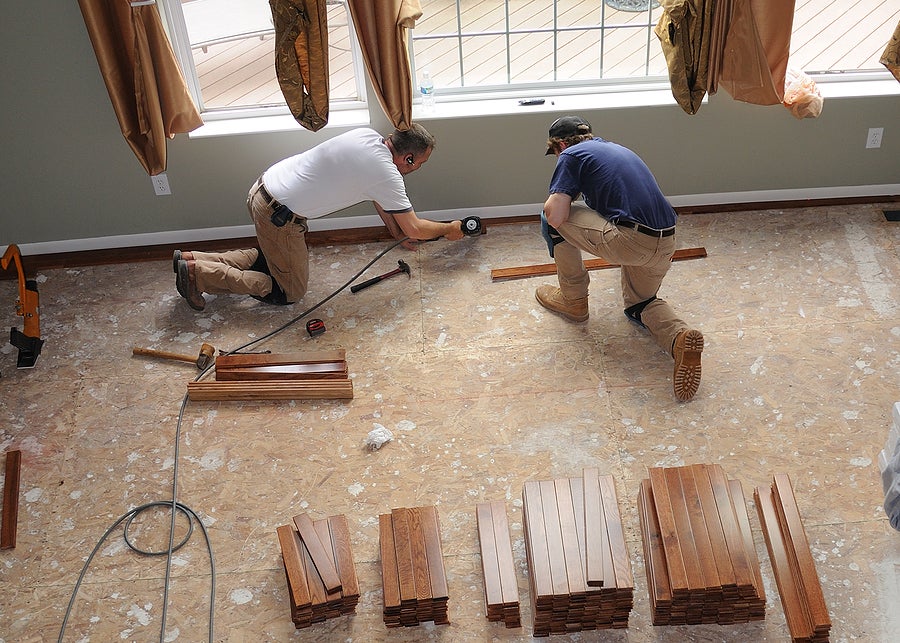Smart Budgeting Tips for Managing the Finances of a Home Renovation
Home renovation projects are exciting ventures that promise to transform living spaces into dream homes. Whether you’re upgrading a kitchen, remodeling a bathroom, or undertaking a full-scale overhaul, proper budgeting is the backbone of a successful renovation. Without a financial plan, costs can spiral out of control, timelines may get extended, and the end result might fall short of your expectations.
Here’s a comprehensive guide filled with smart budgeting tips to help you manage your renovation finances effectively—from initial planning to final execution.
1. Set a Realistic Budget Based on Your Home and Goals
The first and most crucial step in renovation budgeting is to set a clear, realistic spending limit. Consider the value of your home and the purpose of the renovation. Are you updating for personal comfort, preparing to sell, or increasing energy efficiency? Your goals will influence how much you should reasonably invest.
A good rule of thumb is to keep renovations within 10% to 15% of your home’s total value to avoid overcapitalizing—especially if you plan to sell in the near future.
Tip: Break down your renovation into “must-haves” and “nice-to-haves.” Prioritize essentials and be prepared to compromise on lower-priority features if needed.
2. Get Multiple Quotes and Compare Estimates
Once you have a general idea of your budget, start gathering quotes from contractors, architects, or interior designers. Comparing at least three to five estimates for each major aspect of the renovation will give you a realistic sense of market pricing.
Ask for detailed, itemized quotes to understand what each price includes. Some contractors may quote low initially but add hidden costs later.
Tip: Don’t automatically go with the lowest bid. Consider experience, reviews, and transparency. A slightly more expensive but reliable contractor can save you money in the long run by avoiding costly mistakes.
3. Pad Your Budget with a Contingency Fund
Even the most meticulously planned renovations often face unexpected costs. Structural issues, outdated plumbing or electrical systems, and permit complications can throw your budget off balance.
To protect yourself, allocate a contingency fund of 10% to 20% of your total renovation budget. This financial cushion will help you absorb surprise expenses without derailing the project.
4. Know What to DIY and When to Call the Pros
Taking on some of the work yourself can save a considerable amount of money, especially for simpler tasks like painting, demolition, or landscaping. However, it’s vital to recognize your limitations. For example, seamless small bathroom renovations often require a professional touch to ensure proper waterproofing, tile alignment, and plumbing installations. Plumbing, electrical work, and structural changes should be left to licensed professionals to ensure safety and compliance with building codes.
Tip: If you’re handy, consider doing your own prep work—like removing old fixtures or cabinets—to cut labor costs before the pros step in.
5. Create a Line-by-Line Renovation Budget
Instead of a general budget, break down the renovation into smaller categories such as materials, labor, permits, furniture, and design fees. This detailed approach helps you track spending accurately and spot areas where you can trim costs.
A spreadsheet or budgeting app can help you stay organized and update figures as you go.
Suggested Categories:
- Demolition and waste removal
- Structural changes
- Electrical and plumbing
- Flooring
- Cabinets and countertops
- Paint and finishes
- Appliances
- Landscaping
6. Time Your Renovation Strategically
The timing of your renovation can affect the overall cost. Contractors are often busier during spring and summer, which can drive up prices. Scheduling work in the off-season may help you secure better rates and faster timelines.
Also, some suppliers offer discounts on materials during clearance sales or holidays—another opportunity to save.
7. Reuse and Recycle Where Possible
Not everything has to be brand new. Salvaging materials from your current home—like hardwood floors, cabinetry, or bricks—can cut costs significantly. You can also buy lightly used or discounted materials from salvage yards, auctions, or overstock sales.
Tip: Use online marketplaces or renovation resale stores to source high-quality second-hand items, like vintage light fixtures, doors, and tiles.
8. Beware of “Scope Creep”
Scope creep refers to the gradual expansion of your renovation beyond the original plan, which can cause costs to skyrocket. It often happens when homeowners decide mid-project to upgrade materials, change layouts, or add new rooms.
To avoid scope creep:
- Stick to your original plan and budget.
- Avoid impulsive design decisions.
- Document all agreed changes with your contractor—including any additional costs.
9. Understand Financing Options (If Needed)
If you’re not paying in cash, explore your financing options carefully. Common methods include:
- Home equity loans: Low-interest loans secured by your property.
- Personal loans: Unsecured but typically higher interest.
- Credit cards: Best for small, short-term expenses, but can lead to high debt if not managed properly.
- Cash-out refinancing: Replaces your mortgage with a larger one and uses the difference for renovations.
Compare interest rates, fees, and repayment terms to find the best fit for your financial situation.
10. Track Every Expense—Down to the Penny
Once your renovation begins, document every expense. Save all receipts, invoices, and contracts. Use a dedicated app or spreadsheet to track actual spending versus your original budget.
Regularly reviewing your financial status helps you catch overspending early and make necessary adjustments before things spiral out of control.
Tip: Share your tracking sheet with your contractor to ensure transparency and alignment on all financial matters.
11. Don’t Forget the Hidden Costs
Renovations often come with additional expenses beyond materials and labor. Commonly overlooked costs include:
- Permit fees
- Temporary relocation or accommodation
- Storage units
- Utility disconnections or reconnections
- Post-renovation cleaning
- New furniture or décor to match upgrades
Build these into your budget from the beginning to avoid surprises.
12. Review the Return on Investment (ROI)
If your renovation is partly motivated by resale value, research the expected ROI for different types of improvements in your market. Kitchen and bathroom remodels typically offer high returns, while luxury upgrades or highly personalized features may not.
Balance your personal enjoyment of the space with future buyers’ potential interest to maximize long-term value.
13. Communicate Clearly and Frequently
Miscommunication can lead to expensive mistakes and delays. Establish clear lines of communication with your contractor and check in regularly. Review progress reports, budget updates, and any deviations from the plan in writing.
Having everything documented reduces the risk of disputes and keeps everyone accountable.
Conclusion
Managing the finances of a home renovation doesn’t have to be overwhelming. By setting a realistic budget, padding for surprises, staying organized, and making smart spending choices, you can enjoy the process and the final result without financial stress.
Smart budgeting isn’t about cutting corners—it’s about maximizing value and making informed decisions every step of the way. With the right approach, your renovation project can be both beautiful and financially sound.



2 thoughts on “Smart Budgeting Tips for Managing the Finances of a Home Renovation”